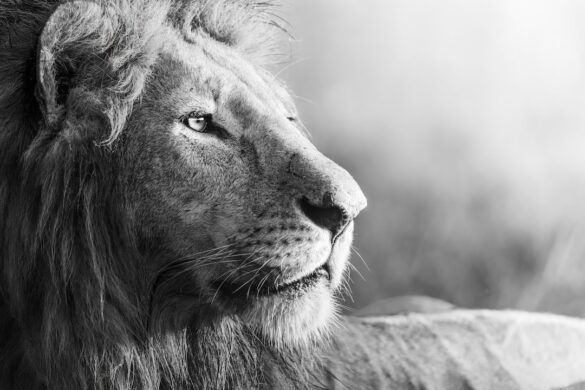The Curious Sleeping Habits of Different Animal Species
Sleep, one of the most important activities for the well-being of all living creatures, including humans, plays a crucial role in maintaining physical and mental health. However, the sleeping habits of animals have always fascinated me due to their striking diversity and uniqueness. From the way they find their sleeping spots to the duration and patterns of their sleep, each species has developed its own strategies for resting and recharging. Let’s take a closer look at some of the curious sleeping habits displayed by different animal species.
1. Giraffes: These elegant creatures have an unmistakable sleeping position. Instead of lying down like most animals, giraffes take a nap while remaining standing up. They bend their long necks and rest their heads on their hindquarters, minimizing the need to constantly stand back up, which would be difficult given their long legs and tall stature.
2. Dolphins: Marine mammals such as dolphins must find ways to rest while still being able to breathe. Dolphins have the unique ability to sleep with only half of their brain at a time, which allows them to maintain consciousness and surface for air while the other half of their brain rests. This remarkable adaptation ensures their survival even while sleeping.
3. Bats: Unlike other mammals, bats are primarily nocturnal and are well-versed in hanging upside down. Hanging from their roosts, bats fold their wings around their bodies and tuck their heads beneath their wings to sleep. This upside-down position not only helps them conserve energy but also keeps them away from potential predators.
4. Cows: Observing a group of cows peacefully lying down and resting may leave one wondering how they manage to avoid predators. Interestingly, cows have a unique sleep pattern called “circular” sleep. Instead of sleeping for one long continuous period, they take short naps throughout the day, enabling them to remain vigilant in case of danger.
5. Koalas: These cuddly beings, commonly associated with cheerful sleepiness, spend most of their lives high up in eucalyptus trees. Koalas’ diet consists solely of eucalyptus leaves, which are low in nutrition and require a lot of energy to digest. To conserve energy, koalas sleep for up to 20 hours per day, relying on their sedentary lifestyle and slow metabolism to compensate for the lack of nutrients.
6. Elephants: Being the largest land mammals, elephants also have unique sleeping habits. They sleep for only a couple of hours each day, mostly standing up or resting on their sides. Interestingly, elephants exhibit a deep sleep called “REM sleep,” which is characterized by rapid eye movement and is associated with dreaming. This demonstrates that even the largest animals need their daily dose of rest and dreams.
The sleeping habits of animals not only provide insights into their unique adaptations but also remind us of the incredible diversity present in the animal kingdom. From the tall and graceful giraffes to the upside-down hanging bats, each species has found a way to rest and recharge in their own remarkable way. Studying these habits not only deepens our understanding of nature but also inspires us to appreciate the wonders of evolution.
In conclusion, the sleeping habits of animals are as fascinating as they are diverse. Nature has crafted various strategies to adapt to the environment and fulfill the need for rest. The more we discover about these intriguing habits, the more we realize how truly extraordinary the animal world is. So, next time you see an animal taking a nap, take a moment to appreciate the incredible diversity of sleeping habits that exist in the animal kingdom.
